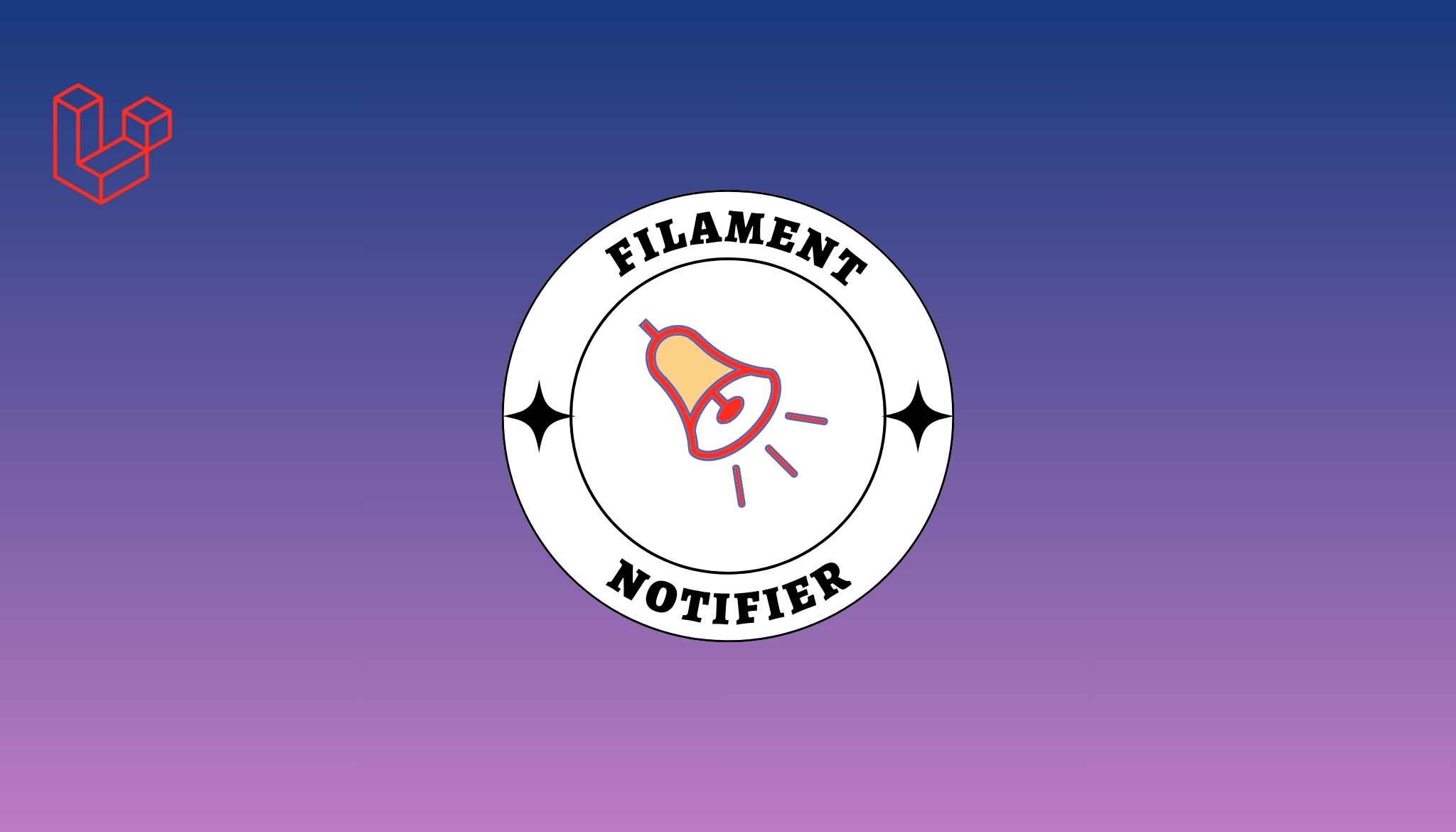Introduction
The realm of artificial intelligence has made remarkable strides in recent years, significantly impacting various industries, from healthcare to entertainment. Among these advancements, the transformation of sketches into realistic images has gained substantial attention. This article delves into the fascinating world of AI sketch to image conversion, particularly focusing on the pivotal role of deep learning techniques and neural networks.
Deep Learning: The Engine of AI Sketch to Image Conversion
At the heart of AI sketch to image conversion lies deep learning, a subset of machine learning that mimics the human brain's neural networks. Deep learning algorithms are adept at recognizing patterns, making them ideal for tasks like image generation and conversion. When applied to sketch-to-image conversion, these algorithms enable computers to understand and interpret hand-drawn sketches, translating them into detailed, realistic images.
The Neural Networks Behind the Magic
Deep learning techniques employ artificial neural networks, which are composed of layers of interconnected nodes or neurons. Each layer plays a distinct role in processing information, and these networks can range from a few layers to dozens, even hundreds, in complex models. In the context of AI sketch to image conversion, two primary types of neural networks are commonly used: Convolutional Neural Networks (CNNs) and Generative Adversarial Networks (GANs).
- Convolutional Neural Networks (CNNs)
CNNs have proven to be a cornerstone in the field of computer vision. They excel at recognizing patterns and features within images. In sketch-to-image conversion, CNNs take the input sketch and process it through multiple layers, gradually transforming it into a detailed image. Each layer extracts different features, such as edges, shapes, and textures, which are combined to produce a coherent and realistic image. The ability to capture hierarchical information is what makes CNNs particularly effective in this context.
Also Read: Convolutional Neural Networks for Image Processing - Generative Adversarial Networks (GANs)
GANs are another class of neural networks that play a crucial role in sketch-to-image conversion. GANs consist of two networks: a generator and a discriminator. The generator's role is to create images from sketches, while the discriminator's job is to distinguish between real images and generated ones. Through a competitive process, these networks continuously improve their performance. The generator aims to create images that can fool the discriminator into believing they are real, thus refining the quality of generated images over time.
The Training Process
To enable deep learning models to perform sketch-to-image conversion, they must undergo a rigorous training process. This process involves feeding the networks with vast datasets containing pairs of sketches and corresponding real images. The networks learn to map the sketches to their corresponding images by adjusting their internal parameters through a process called backpropagation. This iterative learning process continues until the generated images closely resemble real ones.
Challenges and Future Directions
While deep learning has made significant strides in AI sketch to image conversion, challenges persist. These include achieving a higher level of detail and realism, handling complex sketches with multiple objects, and ensuring that the generated images align with the artist's intent. Researchers are actively exploring solutions to these challenges, such as improving model architectures, incorporating user guidance, and refining loss functions.
Conclusion
The role of deep learning techniques and neural networks in AI sketch to image conversion is undeniably pivotal. Through the use of CNNs and GANs, computers can transform rudimentary sketches into stunning, lifelike images. This technology has broad applications, from assisting artists in creating digital art to aiding professionals in architectural design and medical illustration. As deep learning continues to advance, we can anticipate even more impressive results in the world of AI sketch to image conversion, blurring the lines between human creativity and artificial intelligence.




